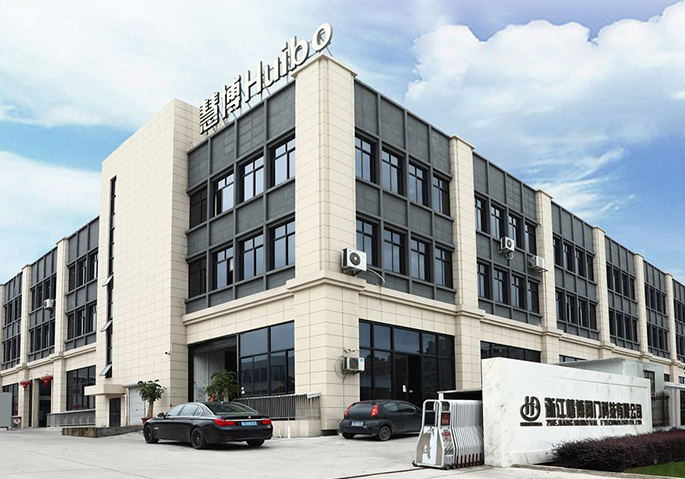OEM Custom Traditional Corner Polished Brass Radiator Valves Manufacturer In the world of home comfort, the radiator valve is a small but mighty hero. It's the unsung savior that ensures your home is ...
Product Category:
Product:
We can save cost and create value for you
Our Products
-

Mixed Water Control Center HVAC System for Floor Heating
-

Brass Automatic Compartment Control Manifolds
-

Underfloor Heating Parts Water Mixing Control System Valve
-

Temperature Control HVAC Floor Heating Water Mixing System
-

Nickel Plated Floor Heating Radiator Manifold Water Mixing system
-

Automatic Control System of Brass Manifold for Floor Heating
Water Mixing System Manufacturers
Water mixing system overall structure, easy to install, can protect the boiler, prolong service life, improve the efficiency of the boiler, save fuel gas use fees, can truly achieve chamber and control, ensure that separate open every area can provide a comfortable heating temperature, increasing the heating water flow, improve the effect of heat transfer and protect the floor heating pipe in floor heating and radiator mixed system.
25 years of experience
Zhejiang Huibo Valve Technology Co., Ltd.
Zhejiang Huibo Valve Technology Co., Ltd. is a leading Wholesale Water Mixing System Manufacturers and Water Mixing System Factory in the valve industry, with more than 25 years of experience, specializing in the field of HAVC system parts and brass valves. Huibo Valve has its own factory, which is located in Yuhuan County, Zhejiang Province, the hometown of brass valves in China.Now as the top manufacturer of high quality HAVC system parts and brass valve, our main products cover brass manifold, stainless steel manifold, thermostatic radiator valve, manual radiator valve,balance valve, motorized valve, air vent, ball valve, gate valve, gas valve, check valve, brass fittings and so on with more than 40 series and 2000 varieties.

CERTIFICATE
OUR LATEST NEWS
-
How Radiator Valve Manufacturers Tailor to Your Needs?
Read More + -
The Role of Radiator Valve Manufacturers in Modern Homes
Read More +Wholesale Custom Traditional Chrome Nickel Radiator Valves Manufacturer In the quest for energy efficiency and comfort, the role of radiator valve manufacturers has become increasingly significant in ...
-
Why is a radiator valve manufacturer important in the art of heating?
Read More +Sale OEM Square Angled Traditional Straight Radiator Valves Manufacture The art of heating is a delicate balance of aesthetics, efficiency, and comfort. It's not just about warming a space, but doing ...
-
A Guide to Choosing the Right Radiator Valve Manufacturer
Read More +China Cheap Radiator Brass Angled Radiator Chrome Corner Valves Manufacturer When it comes to home comfort and energy efficiency, the role of radiator valves cannot be overstated. These small but cruc...
Industry Knowledge Extension
What is Water Mixing System?

 English
English Español
Español русский
русский Deutsch
Deutsch










